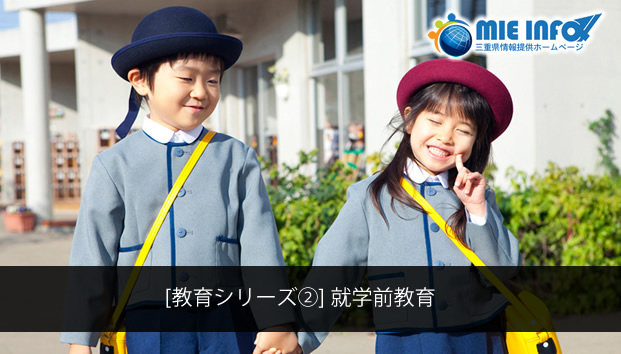Education
The information corresponding to this section corresponds to the year 2004.6 unless otherwise mentioned. In 2002, Tokyo prefecture represented 8% of Japan's educational spending. The different stages of formal Japanese education are listed below, with the description of the Tokyo prefecture infrastructure. The school year begins in April for all levels. Along the educational spectrum, an approximate ratio of 50% ± 2% of students of each sex is observed.

Kindergartens
The first step of formal pre-school education takes place in nursery schools, which add up to 1,108 in Tokyo prefecture (2004), with 179,000 registered infants. Infants enter after three years of age, and remain in the nursery until they enter primary school.

Primary and secondary education
In Tokyo there were around 1,400 elementary schools (小学校 shōgakkō) in 2004, with 573,000 registered students. Local authorities in each neighborhood administer the public elementary school system. The normal course for an elementary school lasts six years, and children enter with six years of age.
The secondary school is divided into "Basic High School" (中 学校 chūgakkō) and "High School" (高校 kōkō); Each lasts three years. All schools of basic and higher secondary education are centrally administered by the Tokyo Metropolitan Government Board of Education (東京 都 教育 委員会 'Tōkyō-to kyōiku iinkai'?). In 2004, Tokyo had 836 Basic High Schools registered, with 295,000 students; and 445 secondary schools, with 325,000 students enrolled. It is mandatory to enter the Basic High School.

Keiō University.
Throughout the country, the percentage of graduates who are moving towards a higher school has been growing over the years. In Tokyo prefecture, 97.5% of those admitted from basic secondary schools advanced to higher secondary schools or some other type of formal training; while 0.6% were assimilated into the workforce after graduation, and the rest (1.9%) was dedicated to other activities. In contrast, only 49% of men and 57% of women who entered upper secondary education advanced to higher levels of education. The rest, immediately found employment (8 and 5% respectively), or engaged in other activities (43% and 38% respectively).

Higher education
With more than 150 universities, 7 Tokyo has the highest concentration of universities across the country, and its enrollment accounts for 30% of the higher level student population in Japan. Public education is less expensive and more prestigious compared to private education. However, it is more difficult to access. Annually, it is normal for a family to pay 20 to 25% of their income for the education of a student in public institutions, while in private institutions the sum reaches 30% of the annual income.
The six most prominent universities are known as The Six Universities of Tokyo (東京 六 大学 'Tōkyō roku daigaku'?): The Universities of Keiō, Tokyo, Waseda, Hosei, Meiji, and Rikkyo. The Six total about one hundred thousand enrolled, and are often compared to Ivy League universities, especially for their students and graduates. The University of Tokyo is the most prestigious; In 2005, he ranked 16th among the top 200 universities in the world.

No comments:
Post a Comment